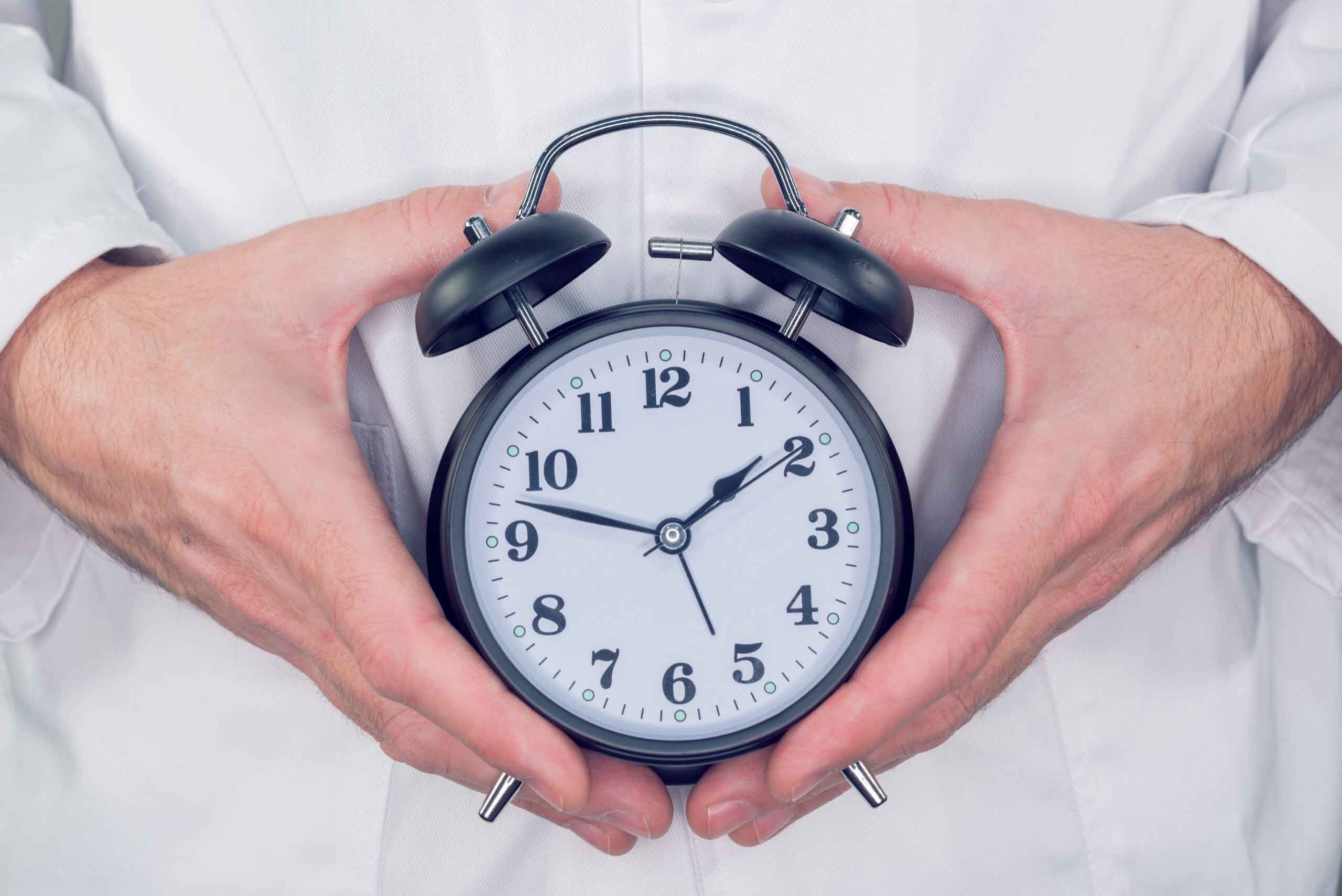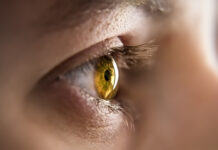Fifty years ago, circadian rhythm research underwent a monumental breakthrough with the discovery of a tiny area of the brain, the suprachiasmatic nuclei (SCN), the site of the biological clock in mammals. This master pacemaker is synchronized to the day-night cycle mainly by light transduced by special photoreceptors in the eye, and the SCN in turn synchronizes all 24-hour rhythms in the brain and body, making sure they act in harmony. Many years later, subsidiary clocks were discovered in nearly every cell in the body, together with underlying clock genes. These local oscillators in organs and tissues tick at their own frequency defined by molecular mechanisms, and healthy functioning requires that this chaos of cellular clocks be well coordinated. Even though the SCN is theoretically the boss, or conductor, and light is the major synchronizing agent, many organs listen to other commands relevant to their particular function. For example, liver rhythms are shifted by the timing of meals, and muscle rhythms by exercise, independently of whether it is light or dark. So, research in the last few years has not only continued to study components of the miraculous “master clock,” but has also delved into the amazing variety of peripheral clocks.
The publication of The Body Clocks Review Series describes what we know. Ocular clocks actively filter light input by modifying light sensitivity according to time of day; they fine tune visual sensitivity and may be disturbed in retinal diseases. There are clocks in skin, bone, muscle, fat, blood, the immune system, heart, liver, kidney, thyroid, testis and ovary, the adrenal gland and pituitary: We are clockworks! It is already clear that in the not-too-distant future, clock knowledge will profoundly impact medical practice.
Anna Wirz-Justice PhD, Professor emeritus, is a founding member of the Society for Light Treatment and Biological Rhythms and the Daylight Academy, and Board member of the Center for Environmental Therapeutics, introduced light therapy to Europe and now focuses on the applications of chronobiology in architecture and daily life.






